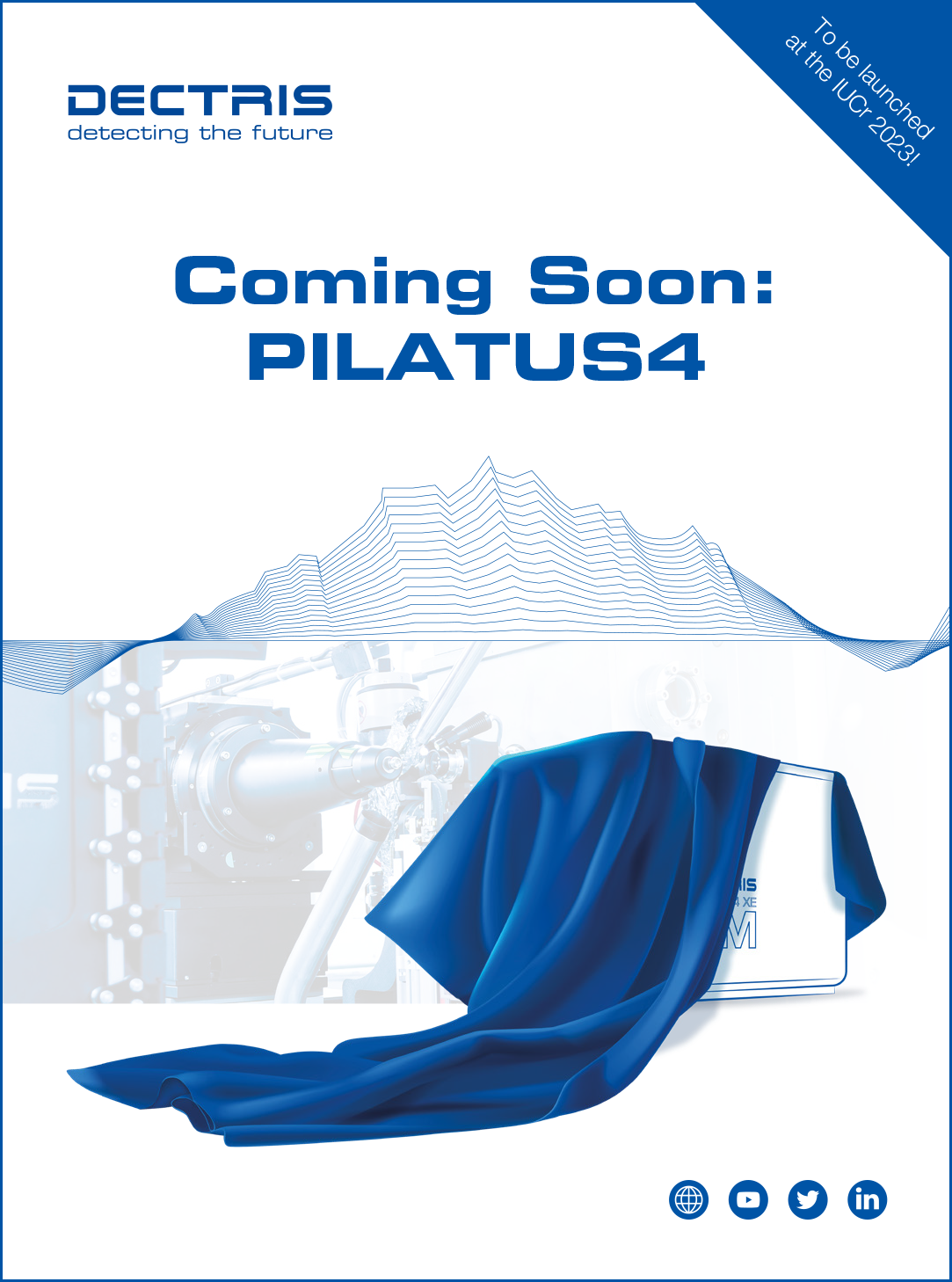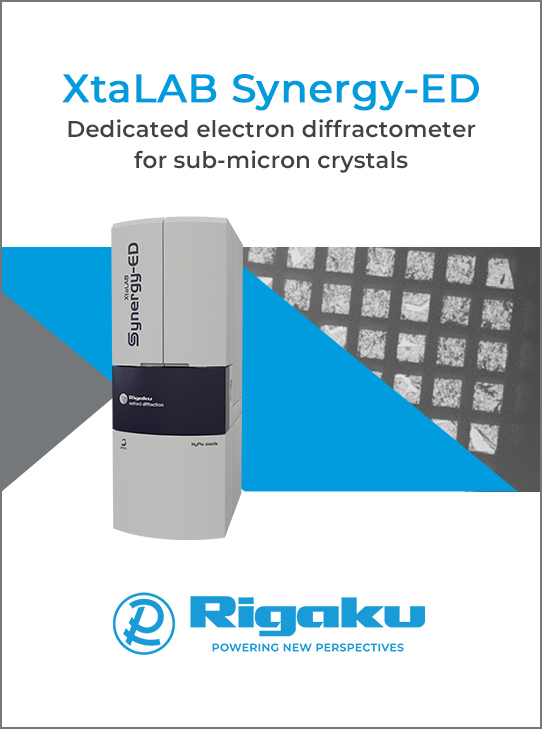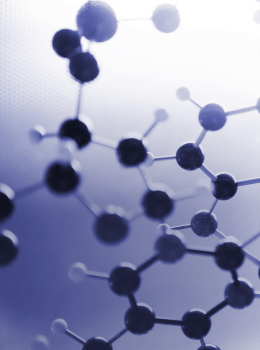


Meeting report (IUCr supported)
19th BCA/CCG Intensive Teaching School in X-ray Structure Analysis
![Thumbnail [Thumbnail]](https://www.iucr.org/__data/assets/image/0007/156616/thumbnail.png)
The 19th BCA/CCG Intensive Teaching School in X-ray Structure Analysis was back in person, for the first time since 2019, and held at Trevelyan College, Durham, UK, from 25 March to 2 April 2023. The school was once again heavily oversubscribed due to its national and international reputation for providing a good basis in crystallography, and this year we welcomed almost 80 students from the UK, Ireland, Germany, Hungary, Malta, Croatia, Poland, Spain, Italy and Australia. The variety of nationalities, academic backgrounds and crystallographic experience created a great environment for both learning and meeting new people, with many students and staff commenting on the positive and friendly atmosphere.
As a result of feedback from students and staff over the years, the format of the biennial course has evolved. It currently consists of a mixture of lectures and tutorials designed to help students improve their understanding of the lecture material. As the name suggests, the course is intensive with a full timetable across the seven days providing the students with the opportunity to gain a good theoretical understanding of various aspects of crystallography from a single-crystal perspective. Beginning with an introductory lecture shortly after arrival on Saturday evening, the lectures given by Professor Richard Cooper, Dr Lukas Palatinus, Dr Claire Hobday, Dr Helena Shepherd, Dr Andrew Bond and Dr Mark Senn covered Maths, Symmetry, Data collection, Fourier/Patterson, Electron Diffraction, Direct Methods, Charge Flipping and Superspace, Parameterisation, Least Squares, Refinement, Twinning, and Derivation of Results. An introduction to databases was also given by Dr Chris Kingsbury and the use of Synchrotron and Neutron facilities was highlighted by Dr Mark Warren and Dr Amber Thompson.
Attendees were assigned to a tutor group, consisting of one tutor and up to eight students, and worked together throughout the week to tackle a series of problems related to the lecture material. This year we welcomed new tutors Dr Natalie Johnson, Dr Carsten Lenczyk and Dr Natalie Pridmore (as a floating tutor), and welcomed back Dr Samantha Chong, Dr Matic Lozinsek and Dr Jeremiah Tidey, who were tutoring in person for the first time, and Dr Andrew Cairns, Dr Iain Oswald, Dr Amber Thompson, Dr Mark Warren and Dr Hamish Yeung. The lectures and tutorials were once again held in the Sir James Knott Hall, which enabled us to switch easily between formal lectures and tutorial work with minimal disruption. The accommodation and meals were provided in Collingwood College, which is less than a 5-minute walk away but provided a pleasant chance for some fresh air and brief exercise during the day.
As is traditional at the school, apart from the Maths lecture on the first day, the evening activities are designed to be more relaxed and provide an opportunity for the students to mix with each other through a combination of educational and fun activities. On the Sunday evening, a successful bar quiz, organised by Richard Cooper, was enjoyed by all those in attendance (including the bar staff) whereas Monday evening’s session was a chance for the students to get to know some of the lecturers and tutors better with a panel question session, which included a discussion of the favourite or most difficult structure they have solved and their favourite space group.
This year’s student presentations, on the Friday evening, were organised by Dr Jeremiah Tidey and Dr Mark Warren. Each of the tutor groups put together a 5-minute presentation on a crystallographic topic, drawn from a hat earlier in the week, and performed it in a style that was also chosen at random. This year, this included Crystal Growth and Selection in the style of Shakespearean Theatre, asking the age-old question to measure or not to measure; Disorder as a Public Service Announcement/Breaking News, which warned of the dangers of using squeeze routinely, and The Lab Diffractometer in the style of a Pantomime (oh yes they did!). As with previous years the scientific quality, thematic accuracy and entertainment value of each presentation was assessed by our elite panel of judges, the lecturers, who were very impressed by all the entries.
The conference dinner, held in Trevelyan College, on the Saturday evening provided the chance to thank all the people who had contributed to the success of this year’s school including the local staff, organisers, lecturers, tutors and students. The hard work and positive attitude from the staff and students alike helped to create a very friendly school. After this year’s school, Dr Hazel Sparkes, who did not attend this year's school but was instrumental in its organisation, is stepping back from her role as local organiser, and Dr Claire Wilson is stepping down from preparing the notes for the course. We would like to thank them both for their contributions for over a decade; their organisation, enthusiasm and drive have enabled the course to run and helped maintain its high standards. We are delighted that Dr Natalie Pridmore and Dr Andrew Cairns have agreed to take over as local organiser and note preparer, respectively.
Following on from the school, an optional hands-on Olex2 workshop was held on the Sunday, run by Dr Oleg Dolomanov, Dr Florian Kleemiss, Florian Meurer and Dr Toby Blundell. This was well received by the over 45 registered participants, who had the opportunity to use Olex2 to apply concepts that they had learnt on the course to test both structures and their own data.
I would like to finish by saying thank you to all the sponsors of this year’s school: IUCr, ECA, CCG, ICG, Bruker, Rigaku, Almac and CCDC. Without the financial support from these organisations, we would not have been able to help as many students attend the school, or run it so successfully, and we are very grateful for their continued support.
Reports from two bursary recipients
Sourav De (Research Centre for Natural Sciences, Budapest, Hungary)
![[Sourav De]](https://www.iucr.org/__data/assets/image/0005/156974/Photo-Sourav-De.jpg)
Graduating from a different field of chemistry, I did not have first-hand experience with the X-ray diffractometer. However, preparing crystals and providing the sample to our crystallographer was a part of my work during my PhD and I was always amazed by the vast amount of information that could be obtained from a crystal structure. This motivated me to enter the field of crystallography as my post-doc research at the Research Centre for Natural Sciences, Budapest. Our research group performs crystal engineering, e.g. fine-tuning of crystal architecture requires the recognition, understanding and application of supramolecular interactions, crystallographic and in case of occurrence, non-crystallographic symmetries with the emphasis on the relationship of secondary interactions and polymorphism. I work mainly on reporting novel polymorphs, solvatomorphs, cocrystals of biologically active substances and study their properties using the SXRD. I am grateful to all my colleagues, who helped me to learn the operation of the diffractometer and how to handle the necessary software. Very soon, I kind of started feeling myself like a detective who eagerly used to wait for the mysteries to come, i.e. the crystals to grow and the secrets a crystal structure offers. However, in the longer term, I felt that even though I had the working knowledge, I lacked some of the fundamental knowledge behind the structure solution. Knowing this, my caring supervisor, Dr Petra Bombicz, suggested attending the 19th BCA/CCG Intensive Teaching School in X-ray Structure Analysis, being able to learn from interactions, lectures and discussions with eminent scientists and excellent teachers in the cradle of crystallography in the UK. I am highly grateful to the organizers and the sponsors as their support with the bursary made my participation possible.
The school was extremely well-organized and it even exceeded my expectation. The organizers ensured a comfortable stay for all participants and the meals served were of high quality. The school focused on delivering comprehensive theoretical and practical knowledge related to X-ray structure analysis techniques. The program encompassed lectures, discussions, hands-on tutorials, and interactions with distinguished scientists and educators. Throughout the school, I had the privilege of learning extensively from esteemed scientists and excellent teachers. The lectures were informative and covered a wide range of topics, including the principles of X-ray crystallography, data collection, structure determination, refinement techniques, and advanced applications. The discussions provided valuable insights into current research trends and challenges in the field. This did not only expand my theoretical knowledge but also helped me to understand the latest advancements in crystallography. The following Olex2 workshop was also helpful in acquiring new skills and tricks for solving the structures.
Outside the classroom, interacting with young researchers from multiple countries and exchanging ideas on various approaches of addressing everyday crystallography problems was a valuable experience generating a possibility to establish a new professional network in future. Overall, I found this school to be beneficial, and I strongly recommend it to any researcher who is new to the field of crystallography.
Luca Sironi (Università degli Studi di Milano, Italy)
![[Luca Sironi]](https://www.iucr.org/__data/assets/image/0006/156975/Sironi_Luca_IUCr.jpg)
The 19th BCA/CCG Intensive Teaching School in X-ray Structure Analysis in Durham was an amazing experience. It was my first international School and I must say it exceeded my expectations. We were about 80 participants coming from different countries and backgrounds, among them synthetic chemists, crystallographers, material scientists, and engineers.
We were arranged in 10 tables with 8 people each and every group was assigned a tutor. The lectures were often interspersed with individual or group tutorials, coordinated by the tutors. I have really appreciated this lecture mode because it really helped solidify the concepts while interacting with others. Lecturers and tutors were very well prepared and available to answer any questions, allowing us to solve any doubts immediately. Both the slides and the teaching materials we have been given were very clear, despite the complexity of some topics, and covered a wide variety of content, including a Maths refresher.
At first glance, the timetable might seem very intense, from 9 am to 9 pm, and in fact it was. However, it was also well balanced: there were many opportunities to unwind and socialise with other participants, such as coffee and tea breaks and during meals. Also, while frontal lectures were held during the day, several fun activities were planned after dinner, including a quiz, a question time session, and a group presentation. The quiz, which focused on logic and general knowledge, took place in the friendly atmosphere of the college bar, and it was a perfect opportunity to play as a team. The question time was very inspiring: the lecturers could tell about themselves, their careers as crystallographers, and also their hobbies. As for the group presentation, we had to talk about a crystallographic topic in an unconventional way: my group had to explain the least squares refinement through a true crime style, which wasn’t easy at all but was really fun. In the middle of the week, after the morning lesson, we had some free time and had the chance to relax and visit the centre of Durham, its cathedral, castle and old town, or take a walk in the nature along the river, enjoying the peaceful atmosphere.
The whole School was very well organised, allocating the appropriate amount of time for lectures, tutorials, breaks, and group activities. In addition, the lecture hall, dining room, and dormitories were all within walking distance from one another.
In conclusion, I would definitely recommend the Durham School to all those who wish to approach crystallography and structure analysis starting from scratch and to all young crystallographers like me who already have some experience in the field and want to extend their network of contacts.
Copyright © - All Rights Reserved - International Union of Crystallography







